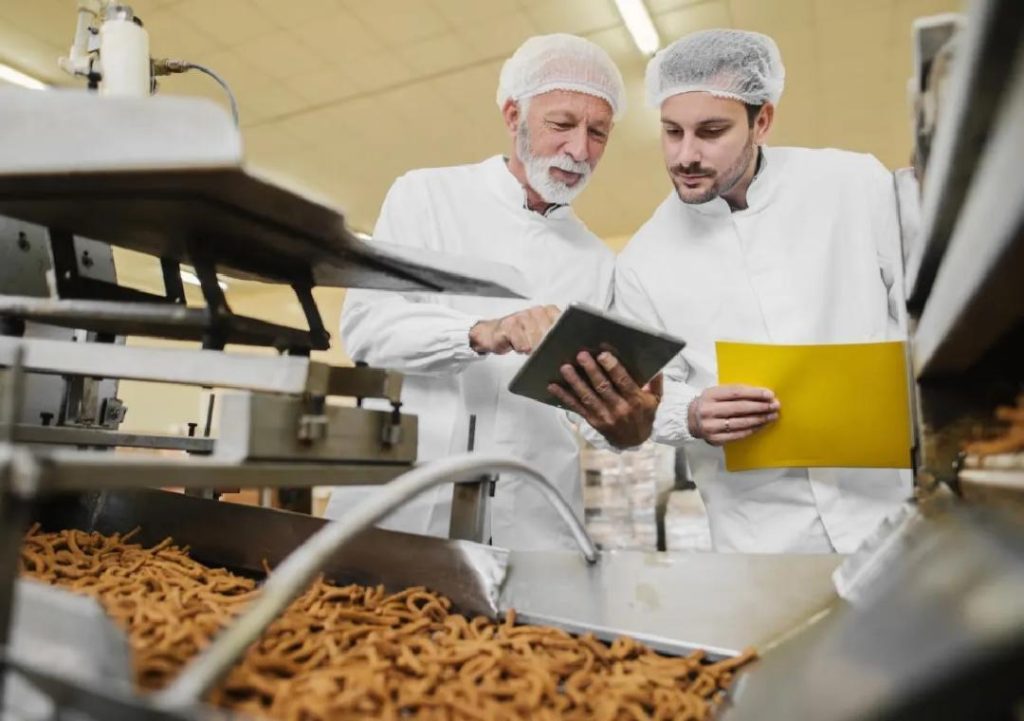
Can P&L Optimisation Redefine Success in Food Technology?
The food technology industry is experiencing unprecedented growth, with advancements in automation, data analytics, and supply chain management revolutionizing the way food is produced, processed, and distributed. As the industry continues to evolve, companies are focusing on optimising their profit and loss (P&L) operations to stay ahead of the competition and achieve sustainable growth.
In recent years, food technology companies have been leveraging automation, smart inventory systems, and data analytics to streamline their P&L operations, cut waste, sharpen demand forecasting, and support better decision-making. By adopting scalable models, businesses are boosting margins, ensuring sustainable growth, and staying competitive in the industry.
The Rise of P&L Optimisation in Food Technology
P&L optimisation is not a new concept in the food technology industry, but its importance has grown significantly in recent years. As the industry faces increasing competition, rising costs, and fluctuating demand, companies are under pressure to maintain profitability and stay ahead of the curve.
Traditional P&L management practices, which often involve manual data entry, spreadsheets, and limited visibility, are no longer sufficient. With the advent of automation, smart inventory systems, and data analytics, food technology companies can now optimise their P&L operations in real-time, making data-driven decisions to drive growth and profitability.
The Benefits of P&L Optimisation
So, what are the benefits of P&L optimisation in food technology? By streamlining P&L operations, companies can:
- Cut waste and reduce costs: Automation and data analytics enable companies to identify and eliminate waste, reducing costs and increasing profitability.
- Sharpen demand forecasting: With real-time data and advanced analytics, companies can accurately forecast demand, reducing inventory levels, and minimising the risk of overstocking or understocking.
- Support better decision-making: By providing insights into operations, P&L optimisation helps companies make informed decisions, improving supply chain management, and optimising production.
- Boost margins: By reducing costs, improving efficiency, and optimising production, companies can increase margins and improve profitability.
- Ensure sustainable growth: P&L optimisation enables companies to scale efficiently, ensuring sustainable growth and reducing the risk of financial instability.
Case Studies: P&L Optimisation in Action
Several food technology companies have already implemented P&L optimisation, achieving impressive results. For example:
- A leading food manufacturer reduced inventory levels by 20% and cut waste by 15% by implementing a smart inventory system and data analytics.
- A food processing company improved demand forecasting accuracy by 30%, reducing inventory levels and minimising the risk of overstocking or understocking.
- A food distribution company increased margins by 10% by optimising production and reducing costs.
Best Practices for P&L Optimisation
While P&L optimisation can bring significant benefits to food technology companies, it requires careful planning, implementation, and management. Here are some best practices to consider:
- Define clear goals and objectives: Establish specific goals and objectives for P&L optimisation, such as reducing costs, improving efficiency, or increasing margins.
- Implement automation and data analytics: Leverage automation and data analytics to streamline P&L operations, reduce manual errors, and improve visibility.
- Monitor and adjust: Continuously monitor P&L performance and adjust processes as needed to ensure optimal results.
- Foster a data-driven culture: Encourage a data-driven culture within the organisation, where data is used to inform decision-making and drive growth.
- Collaborate with stakeholders: Collaborate with stakeholders, including suppliers, customers, and employees, to ensure that P&L optimisation aligns with business objectives and goals.
Conclusion
P&L optimisation is a game-changer for food technology companies, enabling them to streamline operations, reduce waste, sharpen demand forecasting, and support better decision-making. By adopting scalable models and leveraging automation, smart inventory systems, and data analytics, companies can boost margins, ensure sustainable growth, and stay competitive in the industry.
As the food technology industry continues to evolve, P&L optimisation will play an increasingly important role in driving growth and profitability. By embracing P&L optimisation, food technology companies can redefine success and stay ahead of the competition.
Source:
https://www.growthjockey.com/blogs/p-and-l-operations-in-food-tech






